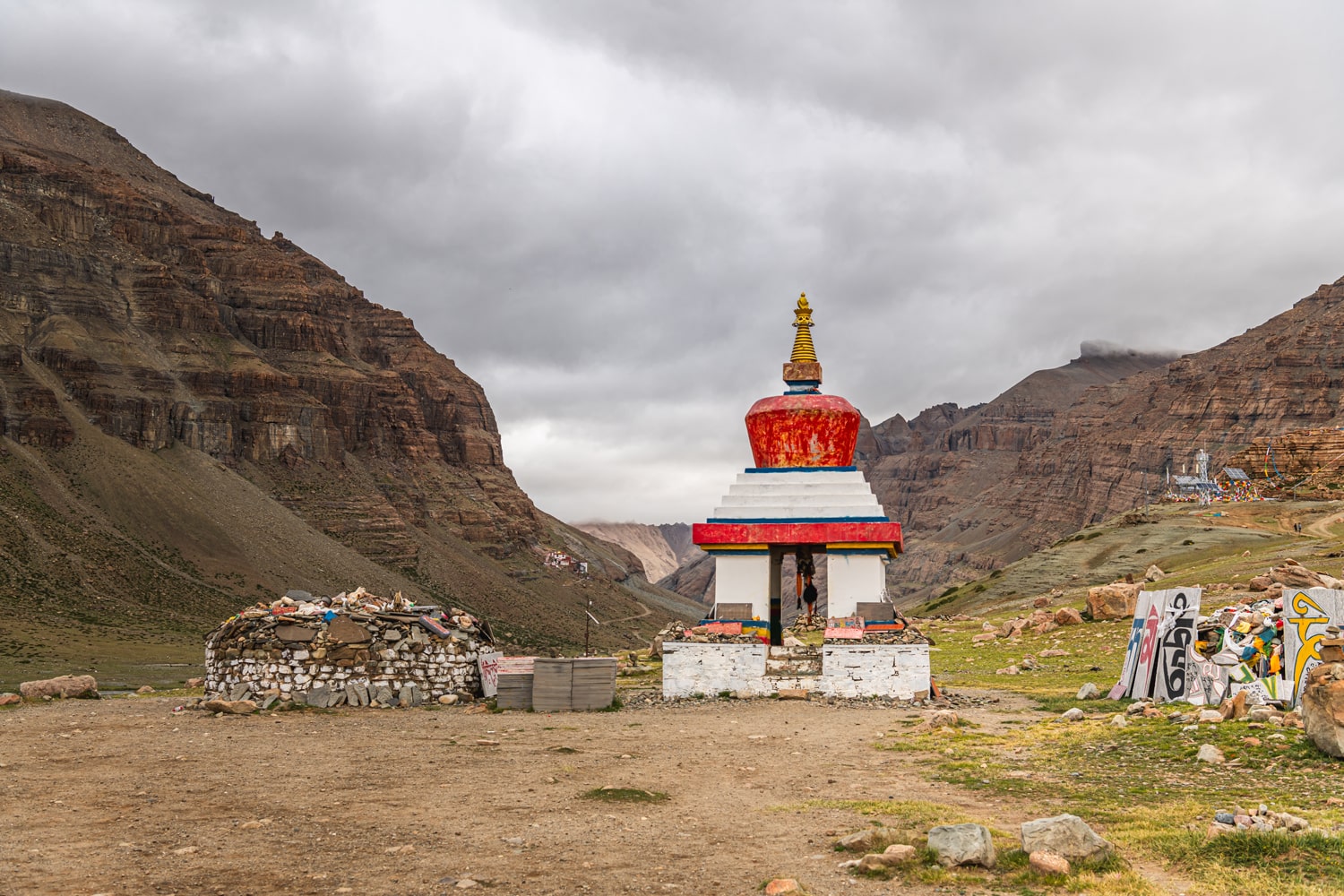Key Takeaways
- The Kailash Mansarovar Yatra costs between USD 2,000 to $3,500 per person, influenced by the chosen route and permits required.
- Pilgrims can select from the Lipulekh Pass or Nathu La Pass, with treks lasting 19 to 21 days for both routes.
- Currency management is crucial; Indian Rupees work in Nepal, while Chinese Yuan is needed in Tibet for expenses during the pilgrimage.
- Personal and medical expenses can add up, making travel insurance and budgeting for unforeseen costs essential before embarking on the journey.
- After the trip, unused currency can be exchanged at centers in Nepal or through peer transactions with fellow travelers for better rates.
Cost Breakdown for Kailash Mansarovar Yatra
The financial landscape of the Kailash Mansarovar Yatra is as varied as the routes pilgrims may choose. Cost estimations range from Rs 1.6 Lakhs to 3 Lakhs per person, influenced by selected paths like the Lipulekh or Nathu La Pass.
Major expenses include permits and services mandated by Tibetan authorities. Travelers should also consider travel insurance, providing a safety net against unexpected medical emergencies or trip cancellations.
As demand grows and infrastructure evolves, prices are likely to increase, urging pilgrims to plan meticulously and guarantee their budget aligns with their spiritual journey toward liberation and enlightenment.
Exploring the Various Routes
While commencing on the Kailash Mansarovar Yatra, pilgrims find themselves presented with a selection of routes, each offering a unique blend of adventure and spiritual significance.
The Lipulekh Pass and Nathu La Pass are popular, with treks ranging from 19 to 21 days.
The Lipulekh Pass and Nathu La Pass offer pilgrims a popular trekking experience lasting 19 to 21 days.
Alternatively, the Overland and Heli routes provide varied experiences, catering to comfort and accessibility.
For each route, travelers should adhere to best practices, ensuring proper travel preparations, including physical conditioning and necessary permits.
Each choice invites seekers on a profound journey, fostering a deeper connection to the sacred landscape and their spiritual aspirations.
Currency and Exchange Tips
Frequently, travelers beginning the Kailash Mansarovar Yatra encounter the necessity of managing currency effectively to enhance their pilgrimage experience.
To guarantee a smooth journey, consider these travel tips for currency exchange:
- Carry Indian Rupees: Indian currency, especially Rs. 100 notes, is widely accepted in Nepal.
- Exchange for Yuan: Chinese Yuan is essential for Tibet; exchange at border points or in Nepal for convenience.
- Opt for Cash: Cash is preferred as UPI and international cards may not be accepted, ensuring that you always have sufficient funds for unexpected expenses.
Managing Personal and Medical Expenses
Personal and medical expenses can considerably impact the overall experience of the Kailash Mansarovar Yatra. Travelers should budget for unforeseen costs such as pony services or medical emergencies. It is crucial to secure thorough medical insurance before starting on this journey and keep a list of emergency contacts handy.
| Expense Type | Estimated Cost | Notes |
| Pony Services | USD $400 – USD $450 | Essential for trekking |
| Medical Evacuation | USD $70 – USD $140 | Varies by distance |
| Shopping | USD $150 – USD $300 CNY | For essentials in Tibet |
Being prepared guarantees a smooth pilgrimage.
Handling Unused Currency After the Trip
After the pilgrimage, managing unused currency becomes an important aspect for travelers. Handling leftover Nepalese Rupees (NPR) and Chinese Yuan (CNY) can be straightforward with proper knowledge of currency exchange and the return process.
Travelers can consider the following options:
- Exchange Centers: Utilize exchange centers in Nepal or at the Nepal-Tibet border for converting unused currency back to INR.
- Peer Transactions: Buy or sell currency with fellow travelers exiting Tibet to minimize losses.
- Receipt Management: Keep all receipts to guarantee clarity during exchanges and verify conversion rates for best returns.
Conclusion
As the sacred waters of Lake Mansarovar reflect the majesty of Mount Kailash, so too does the Yatra illuminate the spiritual journey within each pilgrim. With careful planning, from steering costs to managing currency, travelers can transform their expedition into a tapestry of profound experiences. Just as the mountain stands timeless, the memories forged on this pilgrimage will resonate long after the journey concludes, symbolizing a bridge between the earthly and the divine, forever cherished in the heart.

